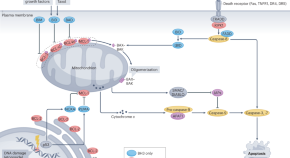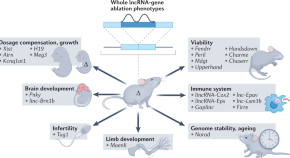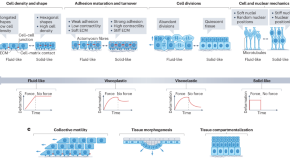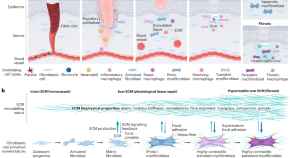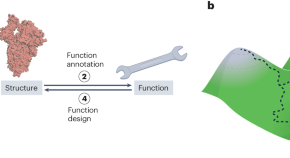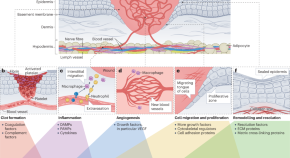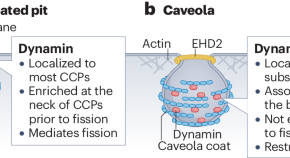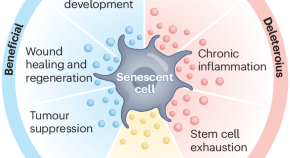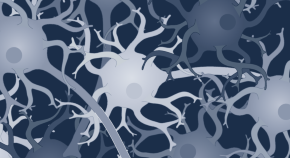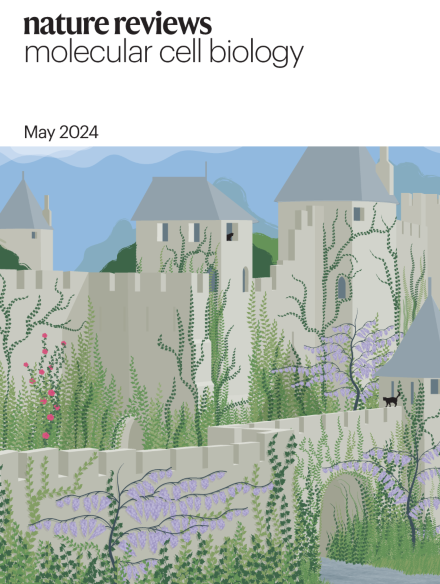
Announcements
-
-

Share your Tools of the Trade
-
Advertisement
-
-

The senescence-associated secretory phenotype and its physiological and pathological implications
The senescence-associated secretory phenotype (SASP) mediates the tissue effects of senescent cells. This Review discusses the composition, regulation and various biological implications of the SASP and its uses as a biomarker and a target of senomorphic drugs to treat cancer and other age-related conditions.
-
-

Lipids and membranes
This article series brings together Reviews that focus on key advances in understanding membrane biology as well as the regulation and functions of their lipid components, including their roles as bioactive molecules and their interplay with metabolism.


